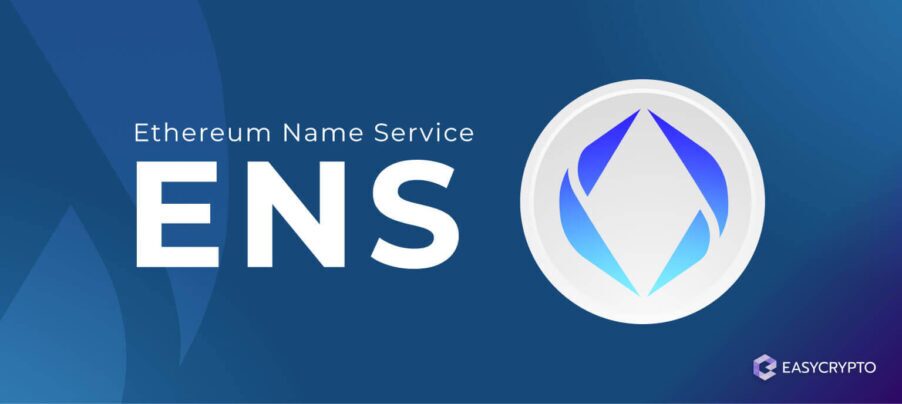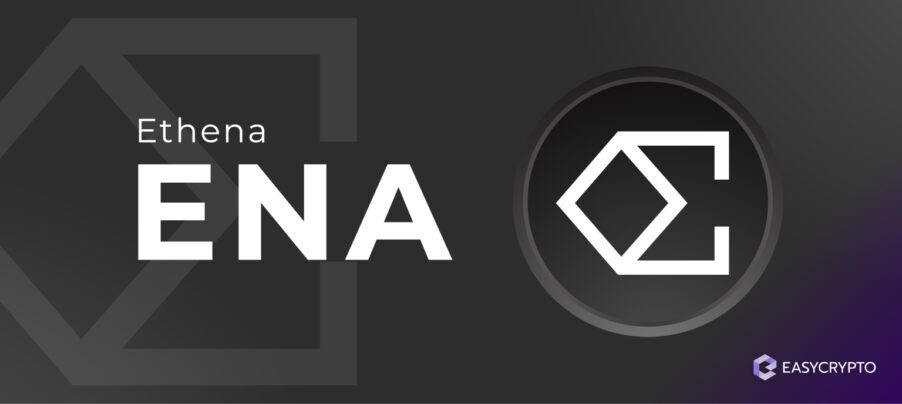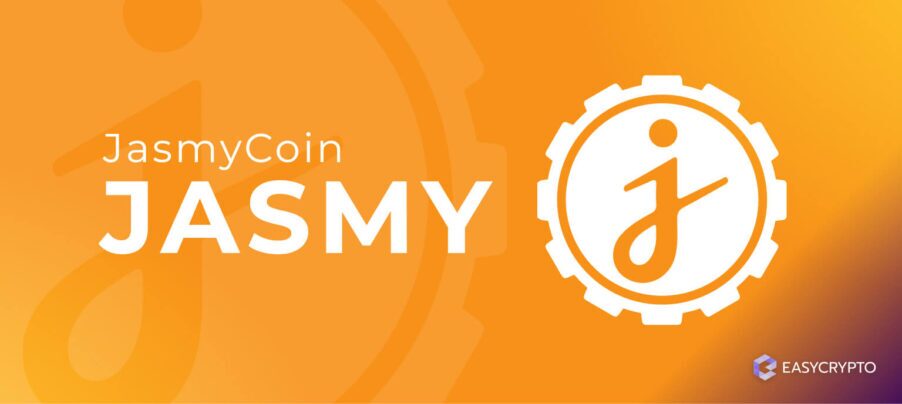What is Chainlink (LINK)? How Does It Work?
Every blockchain network needs real-world data in order to function properly. Learn how Chainlink performs this role.
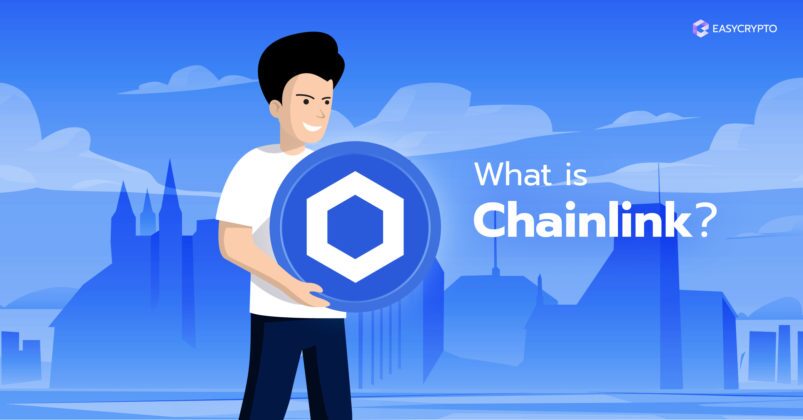

Many networks compete with one another for dominance. On the other hand, Chainlink (LINK) tries to cooperate with as many blockchain networks as possible.
This is because Chainlink has something that almost every blockchain needs in order to work properly. That is, reliable, real-world data.
Key takeaways
- Chainlink is a decentralised network that connects different blockchains with off-chain data.
- Chainlink’s network infrastructure uses smart contracts to integrate and synchronise data on the blockchain with data off-chain.
- LINK is the native token on Chainlink, and is used to pay its network operators for performing all the computations such as retrieving, preparing, and synchronising of data between its on and off-chain infrastructure.
What is Chainlink?
Founders Sergey Nazarov and Steve Ellis, whose extensive experiences in cryptocurrency exchange platforms, saw the opportunity to provide unbiased data for decentralised markets by innovating on Chainlink.
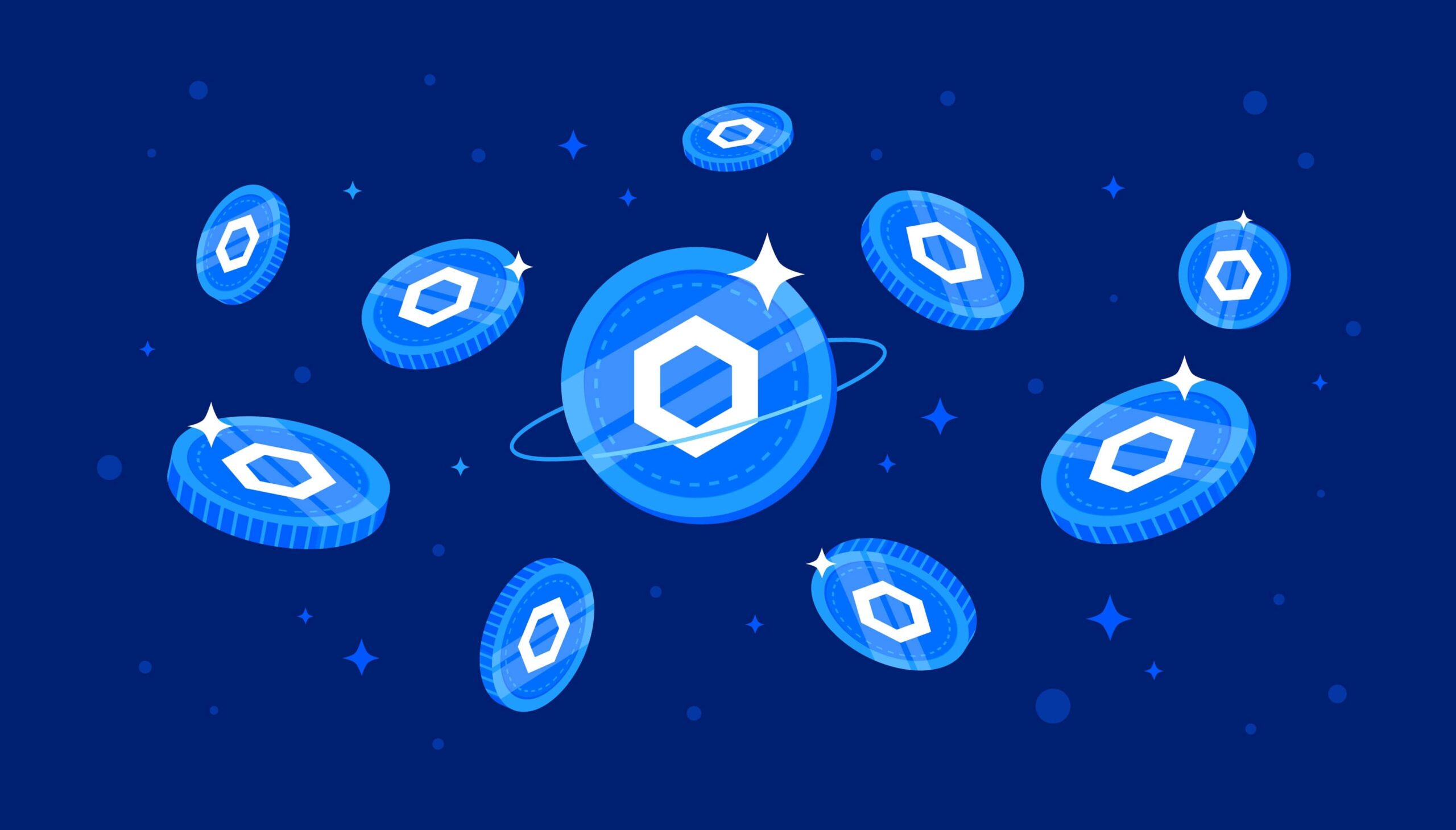
LINK is the native cryptocurrency in Chainlink’s network, and it is used to provide financial incentives for the oracles. Technically speaking, LINK is an ERC-20 standard token, which means it is compatible with any Ethereum-based wallet.
What is an ERC-20 token?
In short, these are simply tokens that are used on the Ethereum blockchain and act as assets that facilitate the various utilities and functions on the network. Learn more with our guide.
What are oracles in the Chainlink Network?
The Chainlink Network is made up of oracles, which are independent computer units that offer data to the network, and these data typically come from multiple sources.
The Chainlink Network is set up in such a way that oracles must provide data as accurately as possible, within an accepted range of deviation, in order to earn LINK tokens. If the right data is served, there should be few to no disagreements between oracles.
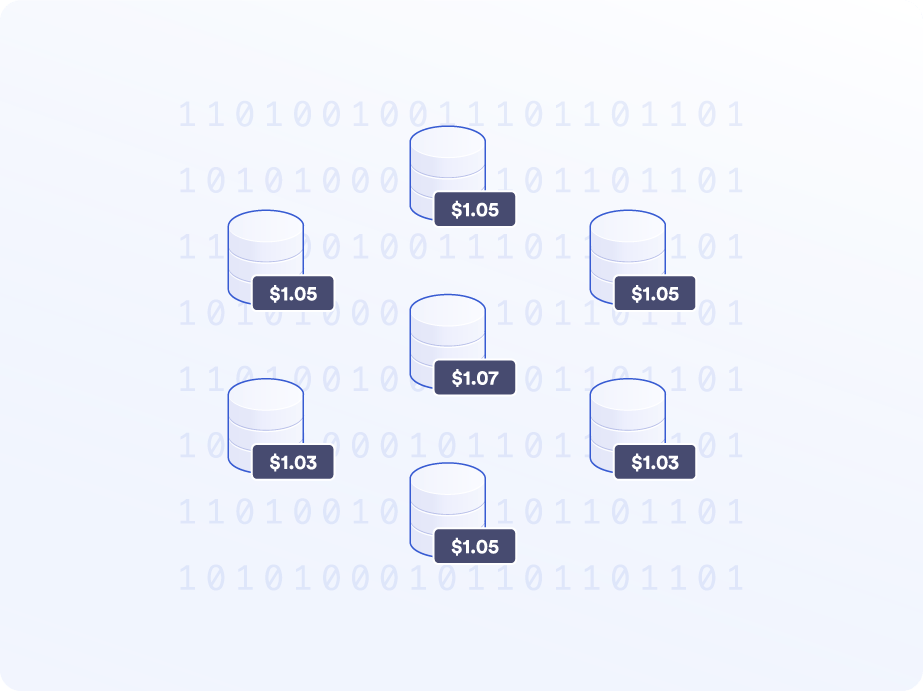
Therefore, oracles must come to a consensus on what the truest, most current data should be. Any oracle that feeds inaccurate data (i.e. does not agree with the consensus) will be punished by slashing, or having its LINK deposits reduced automatically.
A network participant who wishes to run an oracle must first stake or deposit LINK as collateral.
Why is Chainlink necessary
Most blockchain networks run smart contracts. Smart contracts are special programmable crypto wallets that automatically process transactions, given that certain conditions have been met.
Let’s say you ordered a T-shirt from Satoshi Nakamoto, the inventor of Bitcoin. Nobody knows who this person (or group of people) is, so there is no trust involved in the transaction. The T-shirt order is executed with a smart contract on Ethereum.
The instruction may look something like this:
If Buyer deposits 0.01 ether into the Smart Contract, then the T-shirt item has a new status of “To Be Shipped”; Transaction status is now Active.
If Buyer inputs the Destination Address, then the T-shirt item has a new status of “Shipping”
If the T-shirt item reaches Destination Address, then send 0.01 ether to Seller; Transaction status is now Complete.
The problem is now apparent — how will the smart contract know that the T-shirt has reached the Destination Address? Without an oracle that tells the smart contract some data outside of the blockchain, this transaction can never be completed.
Now, some applications have a way to track supply chains, through a centralised network of oracles. For example, an online shop can partner with a third-party logistics team to report on the position of the product.
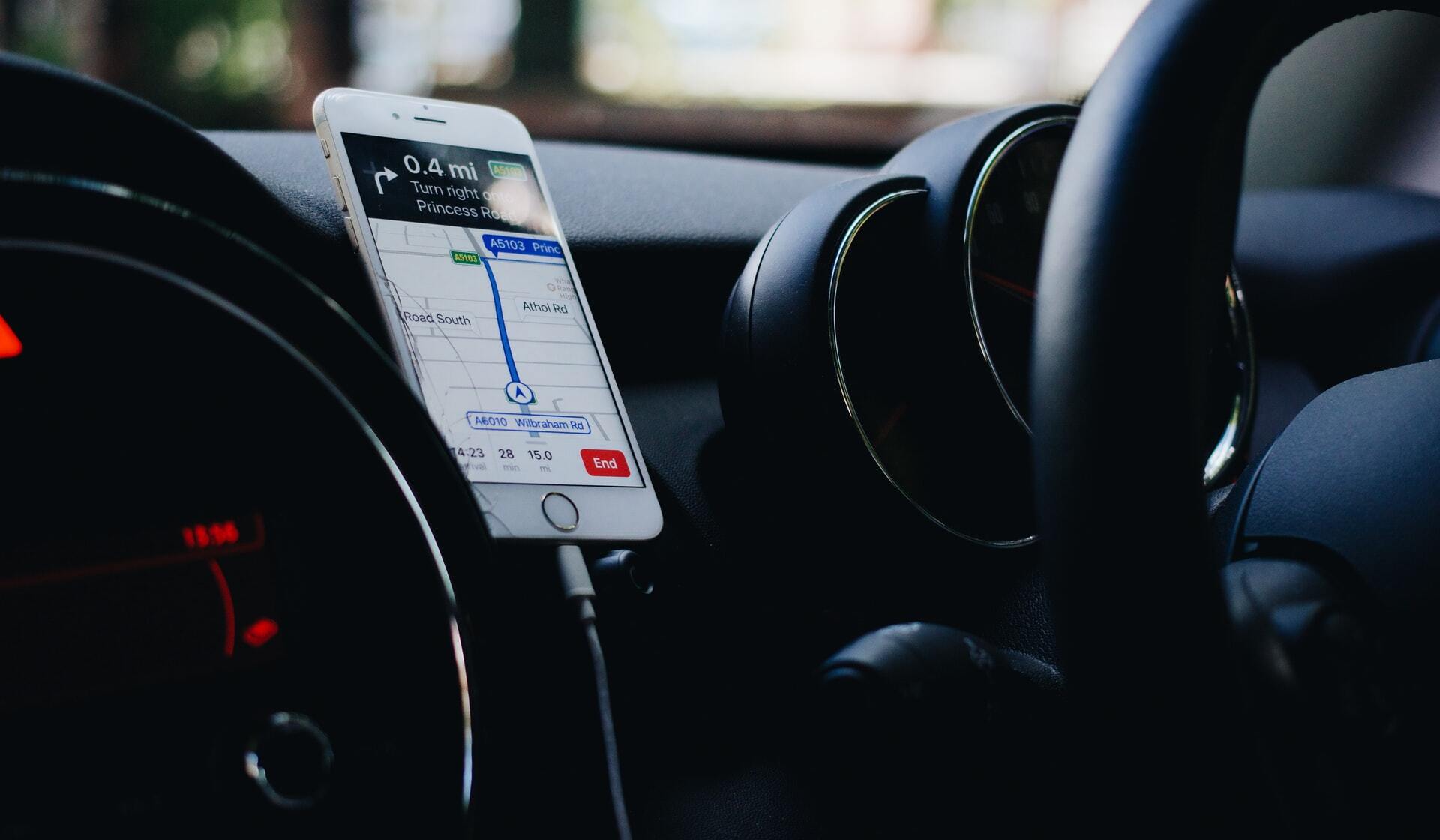
However, in other cases, a centralised data provider (oracle) cannot be trusted, for example in decentralised finance (DeFi) applications. For instance, Uniswap is a decentralised token exchange platform that relies on aggregated price feeds coming from various exchanges in the world.
Relying on just one party on price data can make Uniswap vulnerable against price manipulations.
Smart contracts can request data from Chainlink
Let’s return to the same supply chain problem in a trust-less ecosystem. If the Seller is more tech-savvy, the Smart Contract should link up to Chainlink, which links up to several oracles that read different world data.
A modified instruction for a smart contract that will work may look something like this:
If Buyer deposits 0.01 ether into the Smart Contract, then the T-shirt item has a new status of “To Be Shipped”; Transaction status is now Active.
If Buyer inputs the Destination Address, and picks one of the Shipping Options, then the T-shirt item has a new status of “Shipping”
Smart Contract takes 0.2 LINK from Seller’s Chainlink wallet to pay for oracle fees.
Request Chainlink every 6 hours to check that the item is delivered to the right address by the right delivery vehicle.
If the T-shirt item reaches Destination Address, then send 0.01 ether to Seller; Transaction status is now Complete.
Learn more: Read our guide on smart contracts and how they work.
Independent, transparent, and immutable tracking data
In this model, the Seller does not rely on a centralised logistics company. Instead, a decentralised crowdsourced shipping application is used, where anyone can find a gig to deliver packages independently.
This decentralised application (Dapp) relies on several oracles, one of which is GPS data. A freelance driver could switch on the GPS data to tell the oracle that he is on his way to the destination.
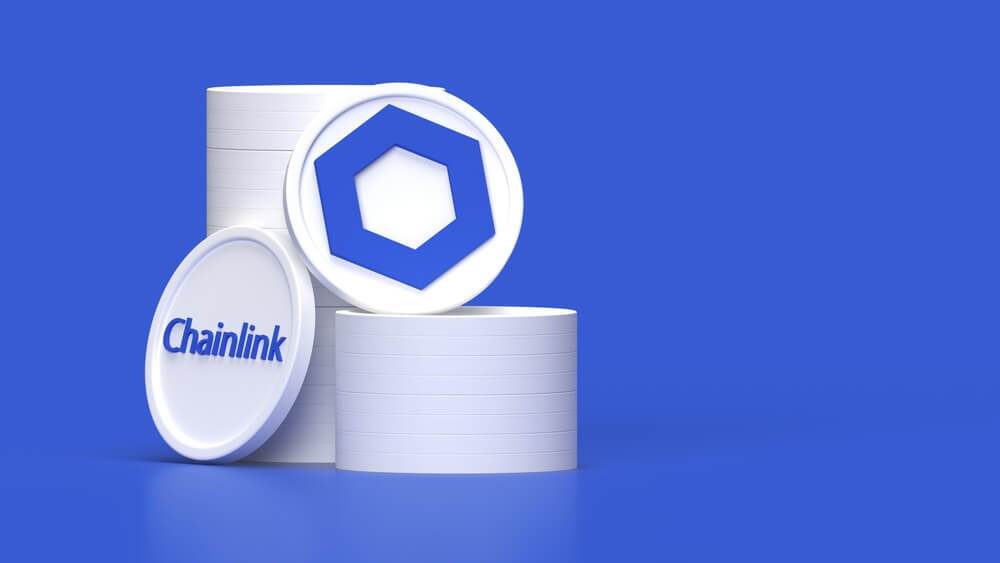
Another oracle recognises the identity of the item being shipped, so a mix-up is unlikely to occur. A third oracle connects the shipped item with the delivery vehicle.
If the three oracles are in agreement that the T-shirt item in Vehicle X has reached the Destination Address, the smart contract can complete the transaction.
With the immense transparency offered by Chainlink, future online shoppers may even trust decentralised, blockchain-powered tracking systems more than the sworn integrity offered by logistic companies.
Of course, this is not to say that logistics companies cannot adopt Chainlink. Many companies have already adopted blockchain technology, and have linked up with Chainlink to provide better services.
Also read: What are decentralised applications (DApps)?
Takeaways
Chainlink has so much potential. The example that we’ve used above may be an over complication for something that can be done simply using native oracles belonging to specific applications or services.
However, this proves how important it is to have unbiased, independent, transparent and censorship-resistant sources of real-world data in order to make blockchains work in the real world.

Currently, Chainlink (LINK) plays a crucial role in decentralised markets and DeFi, more so than in logistics. However, it is not difficult for various industrial sectors to apply Chainlink’s technology.
Before you know it, Chainlink will be used everywhere in modern business.
How to buy Chainlink (LINK)
With all that said, what are your own thoughts on Chainlink and its innovations in the blockchain space?
It’s safe to say that Chainlink has solid fundamentals and will likely continue to refine its technologies to cement its place in the crypto space.
For those wanting to invest in the technology and future of Chainlink can do so with us here at Easy Crypto.

Get started with Chainlink: Buy LINK with Easy Crypto.
We support over 160+ coins for you to choose from, and offer competitive rates and transparent fees to ensure you get the most out of your purchase.
Check the latest rates: Use the crypto converter tool to check the latest rates for LINK.

Pro tip: you can preview the conversion rates for Chainlink (LINK) or any other crypto in our collection by going to our complete list of crypto assets.
Check our video guide below on how to buy Chainlink or any cryptocurrency with us!
Read more on our learning hub to deepen your knowledge about cryptocurrencies with our library of crypto topics!
Share to
Stay curious and informed
Your info will be handled according to our Privacy Policy.
Make sure to follow our Twitter, Instagram, and YouTube channel to stay up-to-date with Easy Crypto!
Also, don’t forget to subscribe to our monthly newsletter to have the latest crypto insights, news, and updates delivered to our inbox.
Disclaimer: Information is current as at the date of publication. This is general information only and is not intended to be advice. Crypto is volatile, carries risk and the value can go up and down. Past performance is not an indicator of future returns. Please do your own research.
Last updated October 10, 2024



